Red-topped sage,
Hebrew: מרווה דגולה, מרווה ירוקה, Arabic: قصعين أخضر
| Scientific name: | Salvia viridis L. | |
| Synonym name: | Salvia horminum L. | |
| Common name: | Annual Clary, Bluebeard, Red-topped sage | |
| Hebrew name: | מרווה דגולה, מרווה ירוקה | |
| Arabic: name: | قصعين أخضر | |
| Family: | Labiatae / Lamiaceae, שפתניים |
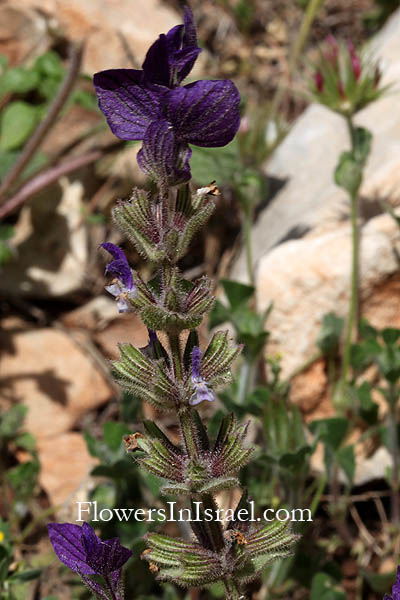
|
| Life form: | Therophyte, annual | |
| Stems: | 30-60 cm high | |
| Leaves: | Opposite, entire, dentate or serrate | |
| Flowers: | Violet, white | |
| Fruits / Pods: | Nutlets | |
| Flowering Period: | February, March, April, May | |
| Habitat: | Batha, Phrygana | |
| Distribution: | Mediterranean Woodlands and Shrublands, Semi-steppe shrublands, Shrub-steppes, Deserts and extreme deserts, Montane vegetation of Mt. Hermon | |
| Chorotype: | Mediterranean | |
| Summer shedding: | Ephemeral |
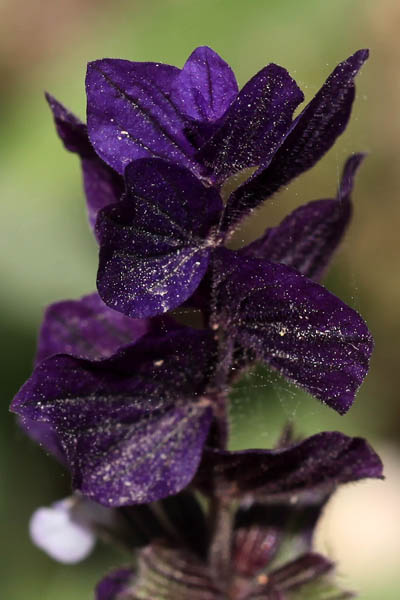
Derivation of the botanical name: Salvia, Latin salvere, to save, referring to the long-believed healing properties of salvia. Pliny the Elder was the first known to use the Latin name salvia. virides, green. horminum, Greek name for sage. The Israeli botanists Dr. Ephraim and Hanah Hareuveni pointed out that the architecture of the vertical inflorescence of this species of Salvia resembles the shape of the Menorah, in particular—the Salvia Palaestina. Therefore, they suggested that it had inspired the design of the Menorah. Moreover, based on etymology perspectives they suggested that the Hebrew word “Marva, מרווה” (Salvia) was originated from the Hebrew word “Moriah” (the Temple Mount name), reflecting the connection between this plant and the Menorah, which was situated inside the Holy Temple in Jerusalem.
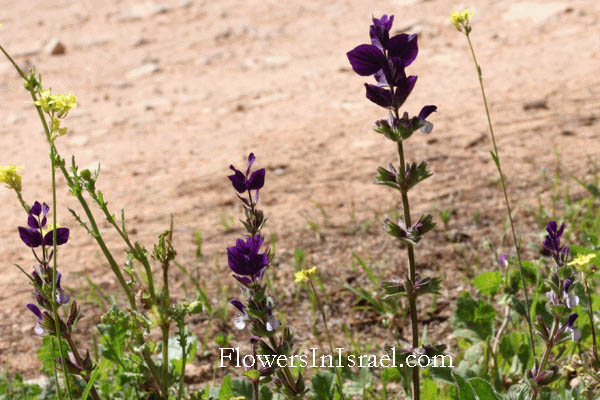
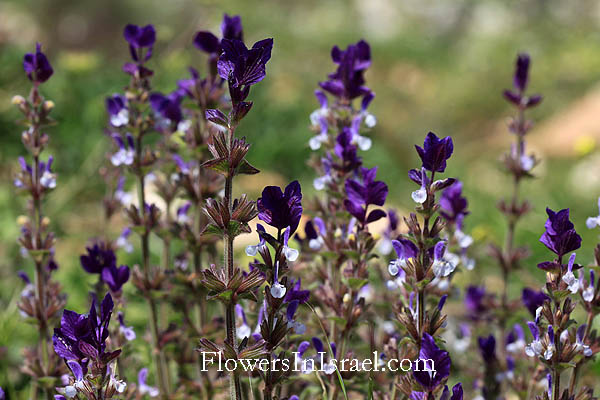
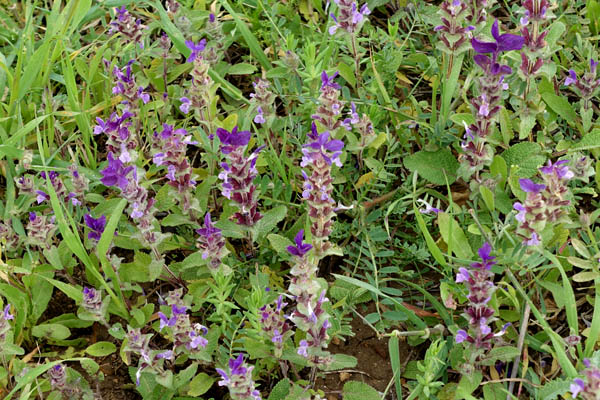
Location: Pura Nature Reserve, שמורת פורה |